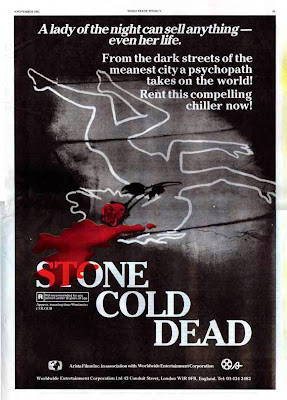


Morale plummeted early on, when shooting off all 18 emergency flares brought no responding plane. While the dark-haired De Angelis developed a tan, the lighter-complexioned Kaczmarczyk turned into a blistered, sobbing mess and began drinking seawater at night. Alex Kaczmarczyk had no choice but to lie painfully intertwined, with their legs either over one another’s shoulders or under their arms. Rickenbacker, wearing a civilian suit and a battered fedora, was relatively protected from the sun, but the salt water that sloshed into the rafts raised sores all over his body. Reynolds’s body turn pink, then red, and finally begin to blister. Rickenbacker had watched his radioman Sgt. Then the unrelenting Pacific sun had begun, noted Rickenbacker, “to burn into us and through us.” Several men had taken off their pants and thrown aside their coats and hats before the crash, thinking they might have to swim. In their scramble to escape the sinking aircraft, no one had grabbed even a single thermos of water or emergency ration box.

Stimson, but malfunctioning navigation equipment had sent them far off course, causing them to miss their refueling stop at Canton Island, some 1,800 miles west of Hawaii. Douglas MacArthur from Secretary of War Henry L.

Ten months after America’s entrance into World War II, Rickenbacker, known fondly as the “Ace of Aces,” had been headed to deliver a top-secret oral message to Gen. Cherry jammed the fruit into his flight suit just before their B-17D ran out of gas and ditched between Hawaii and New Guinea. They would have had nothing to eat at all had not Capt. The desperate men had just consumed the third of their four oranges, the only food they had with them. Adrift on the Southern Pacific Ocean, Day Six, October 1942įifty-two-year-old Eddie Rickenbacker, America’s top World War I ace and the dapper president of Eastern Air Lines, looked with deep concern over his seven companions in three rafts bobbing on the Pacific.


 0 kommentar(er)
0 kommentar(er)
